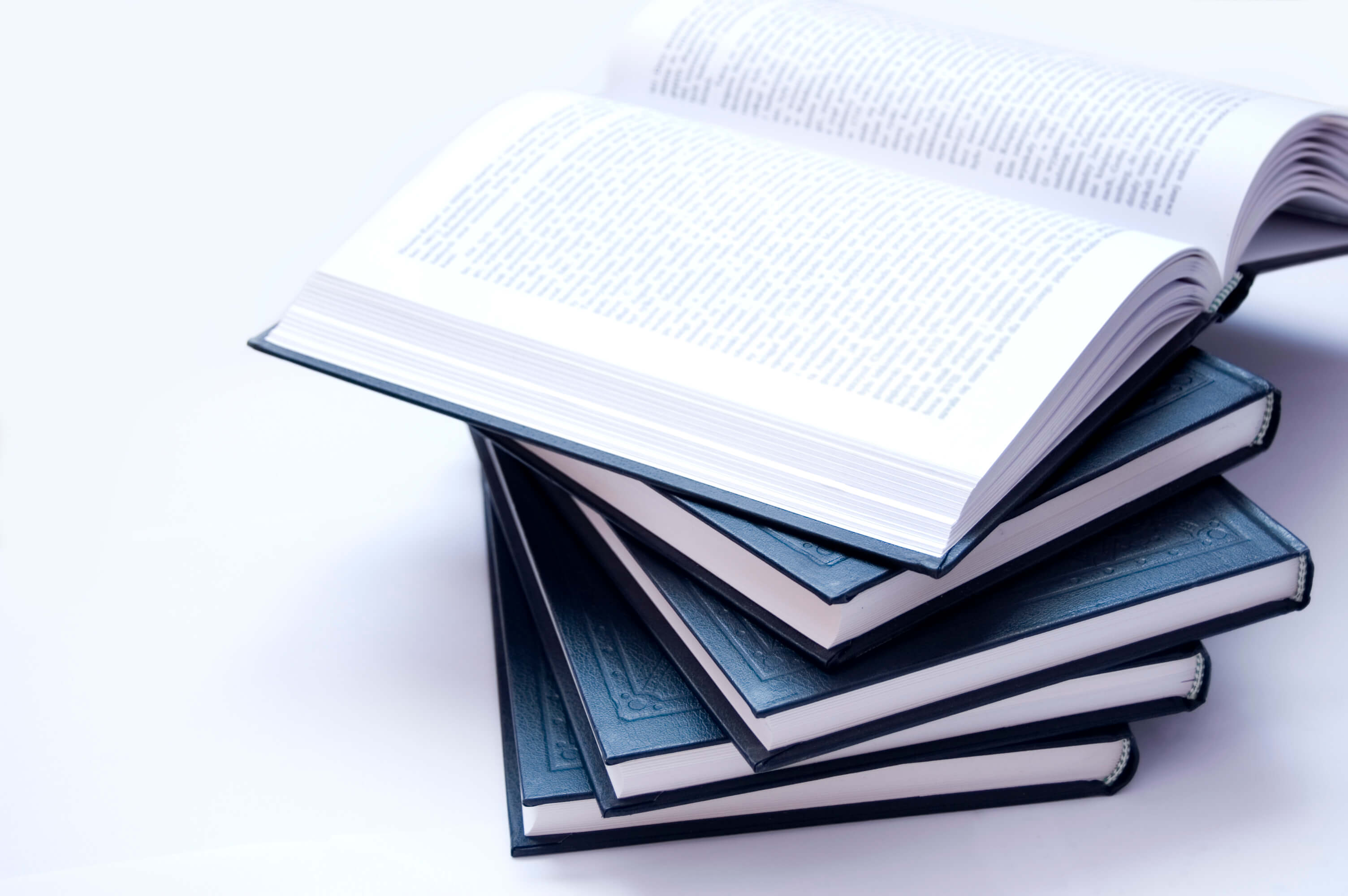-
Menejment, tashkilot va boshqaruv
-
Qishloq va o‘rmon xo‘jaligi
-
Qishloq va o‘rmon xo‘jaligi
-
Menejment, tashkilot va boshqaruv
-
Qishloq va o‘rmon xo‘jaligi
-
Menejment, tashkilot va boshqaruv
-
-
Qishloq va o‘rmon xo‘jaligi
-
Qishloq va o‘rmon xo‘jaligi
-
Qishloq va o‘rmon xo‘jaligi
-
Qishloq va o‘rmon xo‘jaligi
-
D3.js 4.x Data Visualization
This book is for web developers, interactive news developers, data scientists, and anyone interested in representing data through interactive visualizations on the Web with D3. Some basic knowledge of JavaScript is expected, but no prior experience with data visualization or D3 is required to follow this book.
-
Finanzinstrumente für das Management von Rohstoffpreisrisiken. Hamburg, Diplomica Verlag GmbH 2016
Deutschland ist geologisch gesehen ein rohstoffarmes Land. Für die industrielle Produktion bzw. Nachfrage sind in großem Umfang Rohstoffe notwendig, die auf den Weltmärkten frei gehandelt werden. Die globalen Rohstoffreserven sind nicht infinit und eine schnell wachsende Weltbevölkerung und eine dadurch gleichzeitig wachsende Nachfrage nach Gütern haben zur Folge, dass die meisten Rohstoffe als knappes Gut behandelt werden.
-
Ўзбекистон ўрмонлари ва улардан қўшимча фойдаланиш
Битирув малакавий ишида Ўзбекистон ўрмонлари ва улардан қўшимча фойдаланиш ҳақида маълумотлар берилган.
-
Current Issues in Computing and Philosophy
This volume collects eighteen essays presented at the fifth annual European Conference on Computing and Philosophy (ECAP) held June 21–23, 2007, at the University of Twente, the Netherlands. It represents some of the best of the more than eighty papers delivered at the conference.
-
Нўхат навлари ҳосилдорлик кўрсаткичларига экиш муддатининг таъсири
Битирув малакавий ишида нўхат навларининг ҳосил элементлари кўрсатгичлари, нўхатни етиштириш агротехник тадбирлари ва бошқа маълумотлар берилган.
-
BUSINESS ISSUES, COMPETITION AND ENTREPRENEURSHIP TIME MANAGEMENT
This publication is designed to provide accurate and authoritative information with regard to the subject matter covered herein. It is sold with the clear understanding that the Publisher is not engaged in rendering legal or any other professional services. If legal or any other expert assistance is required, the services of a competent person should be sought.
-
Тут дарахтининг сўрувчи зараркунандалари ва уларга қарши кураш чоралари
Битирув малакавий ишида тутнинг сўрувчи зараркунандаларига қарши биологик усулда кураш чоралари ва бошқа маълумотлар берилган.
-
Law, Ecology, and the Management of Complex Systems The Case of Water Governance
This book addresses the role of law in the adaptive management of socio-ecological systems. Recent years have witnessed a rise in discussion over the relation between adaptivity and law, as if after decades of insouciance, legal scholars have finally started to understand the impacts of the scientific paradigm called ‘adaptive management’ on the legal sphere.
-
Macroeconomic Systems
This volume, originally published in 1976, creates a basis from which the specialist topics of macroeconomics can be approached. The first section deals exclusively with a simple classical and Keynesian model within a single common framework to facilitate easy comparison. Although simple models, they provide a sound starting point for the more advanced ideas which make up the second part of the book. Recognizing tht one of the crucial purposes of macroeconomics is to provide advice for central government policy makers, the policy implications of the models are discussed.
-
Томчилатиб суғоришнинг ғўза ҳосилдорлигига ва пахта толасининг технологик-хўжалик кўрсаткичларига таъсири
Битирув малакавий ишининг долзарблиги- Республикада сув кам бўлган йилларда ғўза ва бошқа қишлоқ хўжалик экинларини суғоришда сув тежовчи технологияларни мелиоратив, эрозияга қарши ва бошқа тадбирлар билан биргаликда уйғунлаштириб жорий этиш.
-
Зарофшон тоғ олди худуди эрозияга учраган тупроқлар тавсифининг таҳлили (Шахрисабз тумани мисолида)
Эрозияланган тўқ тусли бўз тупроқларнинг унумдорлигини оширишнинг айрим йўлларини тадқиқ этишни ҳамда деҳқончиликда фойдаланиш бўйича илмий тавсиялар ишлаб чиқиш ва тупроқ эрозия харитасини тузиш бизнинг асосий вазифамиз ҳисобланади.
-
Типик бўз тупроқлар унумдорлигини ошириш ва ғўзадан юқори ҳосил олишда қисқа навбатлаб экиш тизимларини аҳамияти
Тадқиқотнинг мақсади. Тошкент вилоятининг типик бўз тупроқлари унумдорлигини сақловчи, оширувчи, тупроқни хосса-хусусиятларини яхшиловчи ҳамда ғўза ҳосилдорлигини оширувчи қисқа навбатли алмашлаб экиш тизимларини такомиллаштириш ва ишлаб чиқаришга жорий этишдан иборат.
-
Тошкент вилояти шароитида кузги буғдойни суғориш тартиблари
Ушбу битирув малакавий ишида кузги буғдойни янги навларини тежамли суғориш тадбирларини ўрганишни мақсад қилиб қўйдим.
-
Изучение гидролиза жира при прорастании капсулированных семян хлопчатника
Проявление БАП, стимулирующих ростовые и развивающие свойства обеспечивает интенсификацию включения запасных веществ в метаболизм растений на ранних этапах онтогенеза, что исключает подсевы, пересевы, снижает затраты на борьбу с вредителями и болезнями при появлении всходов.
-
Такрорий экин сифатида экилган шолининг ўсиши ривожланиши ва ҳосилдорлиги
Республикамизда ҳам шолини кўчат усулида етиштиришнинг илмий асосларини ишлаб чиқиш учун ушбу ишга қўл урилиб, маълум бир ижобий натижаларга эришилди ҳамда натижалари ушбу тадқиқот ишида баён этилди.
-
Дон-дуккакли экинлар ҳосилдорлигига ўғит меъёрларининг таъсири
Тадқиқотдан мақсад дуккакли-дон экинларини кузги буғдойдан бўшаган майдонларга экиб, уларнинг ҳосилдорлигига нав хамда маъдан ўғитлар таъсирини аниқлашдан иборатдир.

